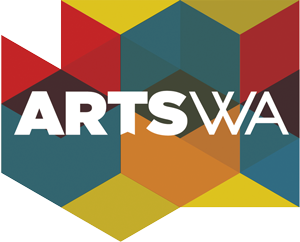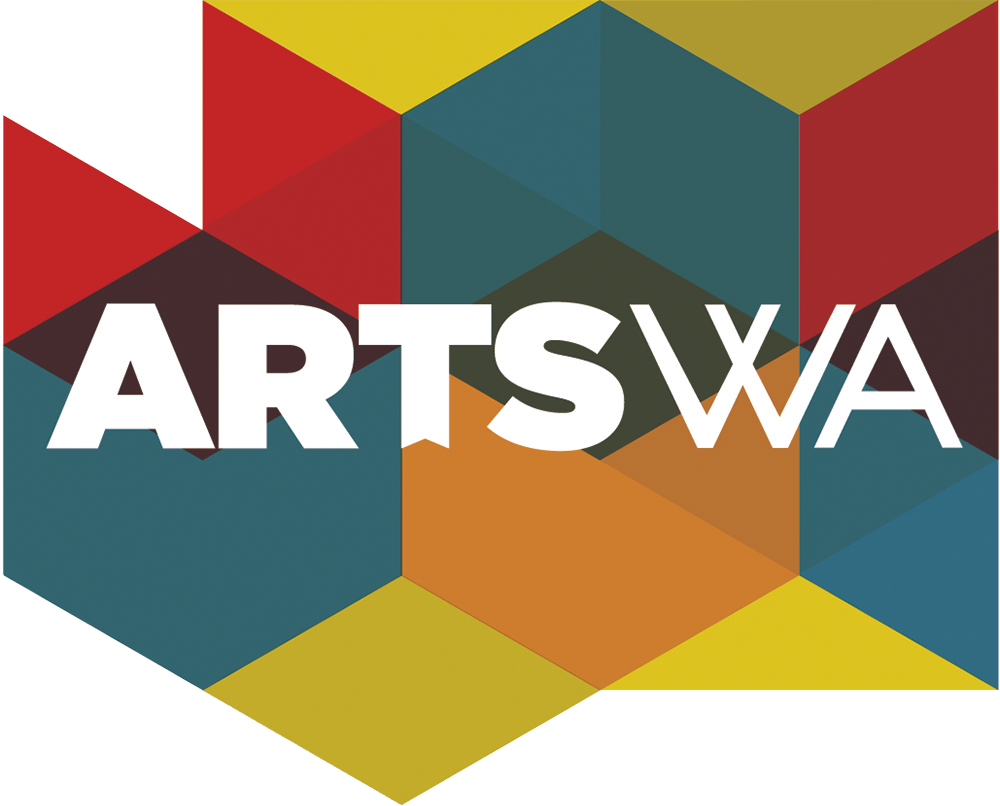ABOUT THE ARTWORK
Head, Cell & Soul II is an example of artist Joan Stuart Ross' unique monotype prints. Each one is made of up to fifty colorful, printed layers. These works explore symbols of life and energy. She describes the organic forms in this piece as "symbols of creativity, originality, health and inner spirit, a celebration of life. Intense color, texture and light create a visual narrative about growth and regeneration."
Monotypes are unique prints made by painting with inks directly onto the printing plate. Only one print can be made from the plate. The image is transferred onto paper using a printing press. Ross uses many layers of monotypes: "Color radiance, transparency, and metamorphoses occur as eadh layer of ink compresses into the fibers of the paper and into each other with the pressure of the printing press."
This artwork was acquired for the State Art Collection in partnership with Edmonds Community College.
ABOUT THE ARTIST
Seattle-based artist Joan Stuart Ross creates two-dimensional artworks that combine encaustic (made using melted wax), painting, printmaking, and collage techniques. Experimenting with process and repetition, Ross creates layered visual narratives that explore natural forms and personal symbols.
Ross earned a Bachelor of Arts degree from Connecticut College, and Master of Arts and Master of Fine Arts degrees from the University of Iowa.
ARTWORK DETAILS
| Material Category | Work on paper - print |
| Medium | Monotype print on rag paper |
| Dimensions | 24 in x 36 in |
| ID Number | WSAC1992.195.000 |
| Acquisition Method | Direct purchase |
| Artist Location | Washington, United States |
Location Information
| Agency | Edmonds College |
| Artwork Location | Edmonds College Alderwood hall, 2nd floor, Humantities/social science wing, Reception area, SW area |
| WA County | Snohomish |
| Placement | Interior |
| Site Type | College |
| Address | 20000 68th Ave. West Lynnwood, WA 98036 |
| Geo. Coordinates | 47.815682, -122.326893 |
| Before Visiting | Some artworks may be located in areas not accessible to the general public (especially in K-12 public schools). Consider contacting the site prior to a visit to ensure access. |
| Map |
Related





_edited.jpg)
